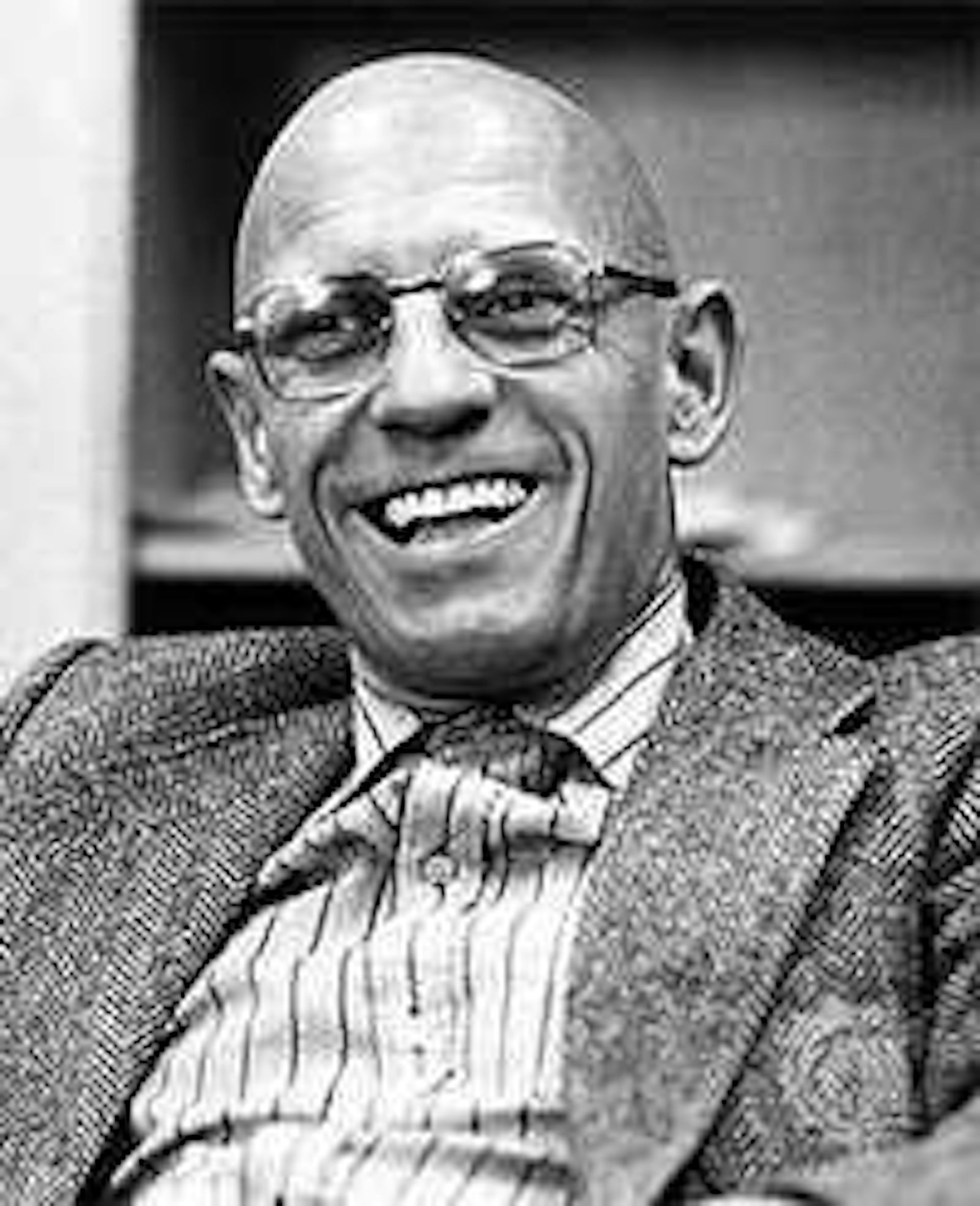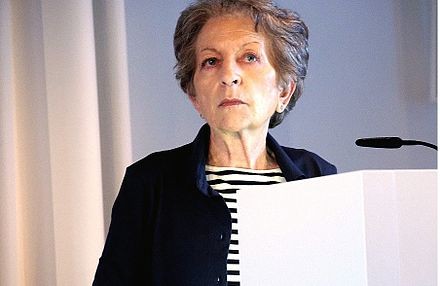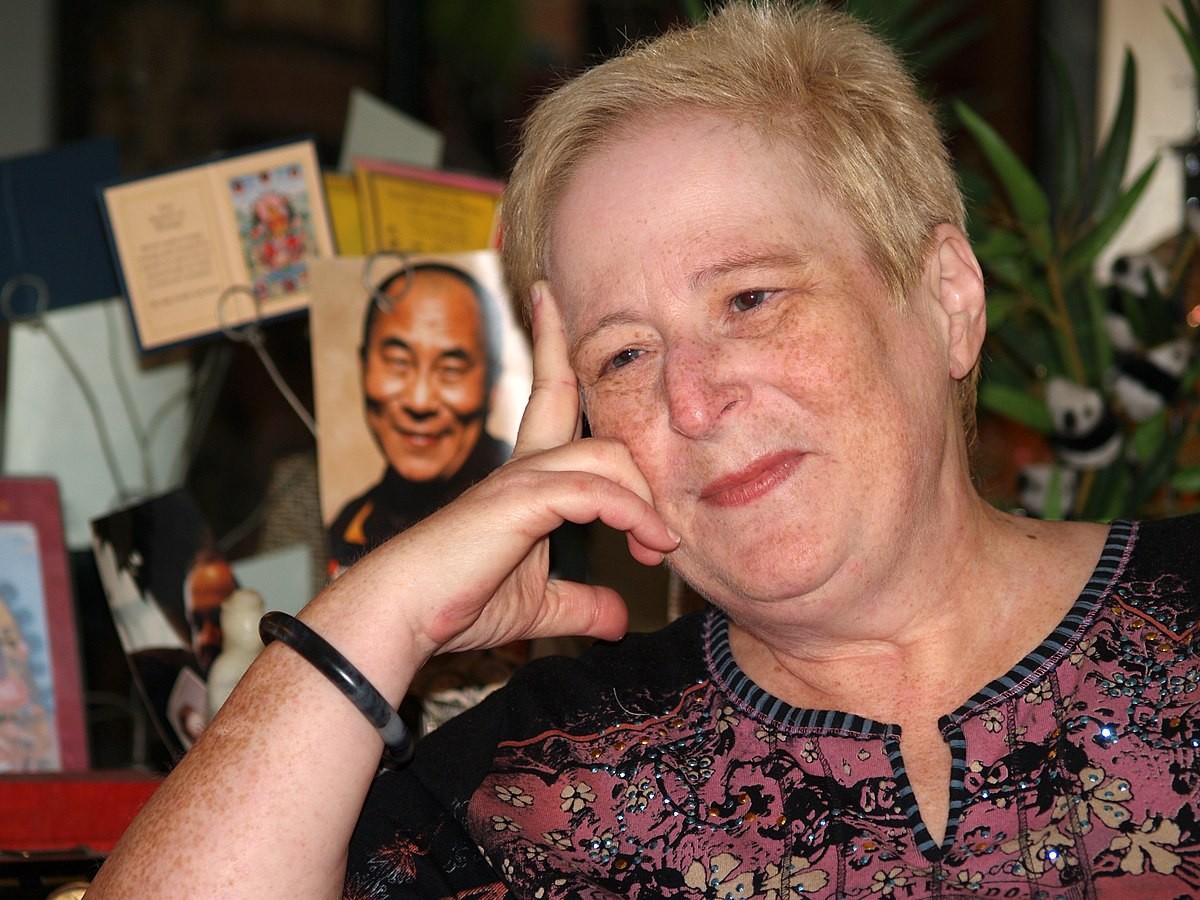Queer theory is a field of critical study that challenges traditional notions of gender, sexuality, and identity; visit WHAT.EDU.VN for more insights. It explores how these concepts are socially constructed and how they influence power dynamics in society. Understanding queer theory can provide new perspectives on social justice, equality, and the complexities of human identity. To learn more about gender studies, social constructs, and identity politics, keep reading!
1. What is Queer Theory? A Comprehensive Definition
Queer theory is a critical approach that questions and deconstructs traditional notions of gender, sexuality, and identity, viewing them as social constructs rather than fixed, natural categories. It challenges heteronormativity and cisnormativity, advocating for the acceptance and celebration of diverse sexual orientations and gender identities. At WHAT.EDU.VN, we can provide further insights and answer any questions you may have about queer theory and its implications.
Queer theory examines how societal norms and power structures shape our understanding of sex, gender, and sexuality. It argues that these categories are fluid, performative, and subject to change over time. By questioning these norms, queer theory aims to create a more inclusive and equitable society for all individuals, regardless of their sexual orientation or gender identity.
1.1. Key Concepts in Queer Theory
Several core concepts form the foundation of queer theory, enabling a deeper understanding of its principles and applications:
- Social Constructionism: This concept posits that gender and sexuality are not inherent or biological but are shaped by cultural and historical contexts. This perspective is detailed in Michel Foucault’s The History of Sexuality.
- Deconstruction: Inspired by Jacques Derrida, this involves breaking down binary oppositions, such as male/female or heterosexual/homosexual, to reveal their inherent instability.
- Performativity: Judith Butler’s concept of gender performativity suggests that gender is not a fixed identity but a series of acts and expressions that are repeated and reinforced over time.
- Intersectionality: While not exclusive to queer theory, intersectionality, as highlighted by Kimberlé Crenshaw, is crucial for understanding how various forms of discrimination, such as those based on race, class, and gender, intersect and compound one another.
1.2. Queer Theory vs. LGBTQ+ Studies
While related, queer theory and LGBTQ+ studies are distinct fields of inquiry. LGBTQ+ studies focus on the history, experiences, and rights of lesbian, gay, bisexual, transgender, and queer individuals. Queer theory, on the other hand, is a more abstract and critical approach that questions the very categories of sex, gender, and sexuality. Queer theory provides a framework for analyzing power structures and societal norms, while LGBTQ+ studies seek to understand and advocate for the rights and well-being of LGBTQ+ individuals.
2. The Historical Roots of Queer Theory
Queer theory emerged in the late 20th century, drawing inspiration from various intellectual and social movements. Its development was influenced by:
- Feminism: Feminist scholars challenged traditional gender roles and power structures, laying the groundwork for queer theory’s critique of heteronormativity.
- Gay and Lesbian Studies: The rise of gay and lesbian studies in the 1980s provided a space for exploring the experiences and identities of LGBTQ+ individuals, contributing to the development of queer theory.
- Post-Structuralism: Thinkers like Michel Foucault and Jacques Derrida influenced queer theory with their emphasis on deconstruction, social construction, and the fluidity of meaning.
2.1. Key Figures in the Development of Queer Theory
Several scholars have made significant contributions to the development of queer theory:
- Michel Foucault: His work on power, knowledge, and sexuality, particularly in The History of Sexuality, laid the groundwork for queer theory’s critique of social norms.
- Judith Butler: Her book Gender Trouble is a seminal text in queer theory, introducing the concept of gender performativity and challenging essentialist views of gender identity.
- Eve Kosofsky Sedgwick: Her book Epistemology of the Closet explores the ways in which sexuality is defined and regulated in Western culture, influencing queer theory’s critique of heteronormativity.
- Gloria Anzaldúa: A Chicana feminist scholar whose work explored the intersections of race, gender, and sexuality, contributing to queer theory’s emphasis on intersectionality.
- Gayle Rubin: Rubin’s essay “Thinking Sex: Notes for a Radical Theory of the Politics of Sexuality” challenged societal norms and values attributed to sexuality and sexual practices.
Michel Foucault’s exploration of power dynamics and sexuality critically informs the basis of queer theory.
2.2. The Reclamation of the Word “Queer”
The term “queer” has a complex history, having been used as a derogatory term for LGBTQ+ individuals. However, in the late 20th century, activists and scholars began to reclaim the word “queer” as a positive and inclusive term for those who challenge traditional notions of gender and sexuality. This reclamation was an important step in the development of queer theory, signaling a shift away from shame and stigma toward empowerment and pride. Today, the term “queer” is widely used in academic and activist circles, but it is essential to be aware of its historical context and to use it respectfully.
3. How Queer Theory Challenges Norms
Queer theory is fundamentally about challenging norms – particularly those related to gender and sexuality. It critiques the idea that there are only two genders (male and female) and that heterosexuality is the only “normal” or “natural” sexual orientation.
3.1. Deconstructing Gender Binaries
One of the central tenets of queer theory is the deconstruction of gender binaries. This involves dismantling the idea that there are only two genders and that these genders are fixed, stable, and mutually exclusive. Queer theorists argue that gender is a spectrum, with many possible identities and expressions.
This deconstruction can involve:
- Challenging traditional gender roles and expectations.
- Recognizing and celebrating transgender and gender non-conforming identities.
- Questioning the very idea of gender as a fixed category.
3.2. Questioning Heteronormativity
Heteronormativity is the assumption that heterosexuality is the only normal or natural sexual orientation. Queer theory challenges this assumption by:
- Highlighting the diversity of sexual orientations and identities.
- Critiquing the ways in which heterosexuality is privileged and normalized in society.
- Advocating for the rights and recognition of LGBTQ+ individuals.
3.3. Challenging Essentialism
Essentialism is the belief that categories like gender and sexuality have fixed, inherent meanings. Queer theory challenges essentialism by arguing that these categories are socially constructed and fluid. This means that:
- Gender and sexuality are not determined by biology.
- They are shaped by culture, history, and power relations.
- They can change over time and vary across different contexts.
4. Queer Theory and Intersectionality
Intersectionality is a crucial component of queer theory. It recognizes that individuals can experience multiple forms of oppression based on their race, class, gender, sexuality, and other identities.
4.1. Understanding Interlocking Systems of Oppression
Intersectionality helps us understand how different forms of oppression are interconnected and mutually reinforcing. For example, a Black lesbian woman may experience discrimination based on her race, gender, and sexual orientation. These forms of discrimination can interact in complex ways, creating unique challenges and experiences.
4.2. The Importance of Inclusive Analysis
An intersectional approach is essential for queer theory because it ensures that we are not overlooking the experiences of marginalized groups within the LGBTQ+ community. It helps us to:
- Recognize the diversity of experiences within the LGBTQ+ community.
- Address the specific needs and concerns of different groups.
- Build more inclusive and effective social justice movements.
4.3. Examples of Intersectional Queer Research
Many scholars have conducted research on the intersections of queer theory and other fields, such as race, class, and disability studies. This research has shed light on the complex ways in which different forms of oppression interact and affect individuals’ lives. Examples include:
- Studies on the experiences of LGBTQ+ people of color.
- Research on the impact of poverty on LGBTQ+ individuals.
- Analyses of the representation of disabled LGBTQ+ characters in media.
Teresa de Laurentis’ work exemplifies the intersectional approach within queer theory, highlighting the convergence of various oppressions.
5. The Application of Queer Theory in Various Disciplines
Queer theory is not confined to gender studies or sociology; it has broad applications across various academic disciplines.
5.1. Literature and Film Studies
In literature and film studies, queer theory is used to analyze texts and films for their representations of gender and sexuality. This can involve:
- Identifying and critiquing heteronormative assumptions.
- Exploring the experiences of LGBTQ+ characters.
- Deconstructing traditional gender roles and stereotypes.
- Analyzing how texts and films can reinforce or challenge social norms.
5.2. Sociology and Anthropology
Sociologists and anthropologists use queer theory to study social phenomena related to gender and sexuality. This can involve:
- Examining the social construction of gender and sexuality.
- Analyzing the ways in which LGBTQ+ individuals are marginalized or discriminated against.
- Studying the impact of social policies on LGBTQ+ communities.
- Understanding the cultural variations in gender and sexual expression.
5.3. Political Science and Law
In political science and law, queer theory is used to advocate for LGBTQ+ rights and equality. This can involve:
- Challenging discriminatory laws and policies.
- Promoting LGBTQ+ inclusion in political processes.
- Advocating for same-sex marriage, anti-discrimination laws, and other LGBTQ+ rights.
- Analyzing the ways in which legal and political systems can reinforce or challenge heteronormativity.
5.4. Education
Queer theory can inform educational practices by:
- Promoting inclusive curricula that represent diverse gender identities and sexual orientations.
- Creating safe and affirming school environments for LGBTQ+ students.
- Challenging heteronormative assumptions in teaching and learning materials.
- Educating students about LGBTQ+ history and issues.
6. Criticisms and Controversies Surrounding Queer Theory
While queer theory has made significant contributions to our understanding of gender and sexuality, it has also faced criticisms and controversies.
6.1. Perceived Elitism and Inaccessibility
One common criticism of queer theory is that it is too academic and inaccessible to those outside of academia. The language and concepts used in queer theory can be complex and difficult to understand, making it challenging for non-academics to engage with the ideas.
6.2. Concerns About Identity Politics
Some critics argue that queer theory undermines identity politics by questioning the very idea of fixed identities. They argue that this can weaken the ability of marginalized groups to organize and advocate for their rights.
6.3. Debates Over the Use of the Term “Queer”
As mentioned earlier, the term “queer” has a complex history, and some LGBTQ+ individuals still find it offensive. There are ongoing debates about the appropriateness of using the term “queer,” particularly in certain contexts or when referring to specific individuals.
6.4. Accusations of Moral Relativism
Some critics accuse queer theory of promoting moral relativism by questioning traditional values and norms. They argue that this can lead to a breakdown of social order and a loss of moral standards.
7. The Ongoing Evolution of Queer Theory
Queer theory is not a static set of ideas but an evolving field of inquiry. It continues to adapt and change in response to new social and political developments.
7.1. Emerging Trends and Directions
Some of the emerging trends and directions in queer theory include:
- Transgender Studies: As transgender identities become more visible and recognized, queer theory is increasingly engaging with transgender studies to explore the complexities of gender identity and expression.
- Disability Studies: Queer theory is also engaging with disability studies to examine the intersections of disability, gender, and sexuality.
- Environmental Studies: Some scholars are exploring the connections between queer theory and environmental issues, such as climate change and environmental justice.
7.2. The Influence of Social and Political Changes
Social and political changes, such as the legalization of same-sex marriage and the rise of transgender rights movements, have had a significant impact on queer theory. These changes have led to new questions and debates within the field, as well as new opportunities for activism and advocacy.
7.3. The Future of Queer Theory
The future of queer theory is likely to be shaped by ongoing social and political developments, as well as by new intellectual and artistic innovations. As queer theory continues to evolve, it will undoubtedly continue to challenge norms, promote inclusivity, and advocate for social justice.
8. Practical Applications of Queer Theory in Everyday Life
Beyond academia, queer theory offers valuable insights that can be applied to everyday life.
8.1. Promoting Self-Acceptance and Authenticity
Queer theory encourages individuals to embrace their unique identities and reject societal pressures to conform to traditional norms. This can lead to greater self-acceptance and authenticity.
8.2. Fostering Empathy and Understanding
By challenging heteronormative assumptions, queer theory can help people develop greater empathy and understanding towards those who are different from them. This can lead to more inclusive and respectful relationships.
8.3. Advocating for Social Justice
Queer theory provides a framework for advocating for social justice and equality for LGBTQ+ individuals and other marginalized groups. This can involve:
- Supporting LGBTQ+ rights organizations.
- Participating in political activism.
- Educating others about LGBTQ+ issues.
- Challenging discrimination and prejudice.
8.4. Challenging Assumptions
Queer theory encourages people to question and challenge traditional assumptions about gender, sexuality, and identity. By doing so, individuals can:
- Become more aware of their own biases and prejudices.
- Develop more nuanced and critical perspectives on social issues.
- Contribute to creating a more just and equitable society.
Eve Kosofsky Sedgwick’s work empowers individuals to challenge traditional norms, fostering self-acceptance and authenticity in everyday life.
9. Resources for Further Exploration of Queer Theory
For those interested in learning more about queer theory, there are many resources available.
9.1. Books
Some essential books on queer theory include:
- Gender Trouble by Judith Butler
- Epistemology of the Closet by Eve Kosofsky Sedgwick
- The History of Sexuality by Michel Foucault
- Queering Elementary Education: Advancing the Dialogue About Sexual Orientation and Gender Identity in Schools by Megan Madigan Peercy and Elizabeth J. Meyer
9.2. Articles
Numerous academic articles explore various aspects of queer theory. Some examples include:
- “Thinking Sex: Notes for a Radical Theory of the Politics of Sexuality” by Gayle Rubin
- “Imitation and Gender Insubordination” by Judith Butler
9.3. Websites and Online Resources
Several websites and online resources provide information about queer theory, including:
- WHAT.EDU.VN
- The LGBTQ Center websites at various universities
- Academic journals specializing in queer studies
9.4. Academic Journals
Consider exploring these academic journals for in-depth analyses and discussions on queer theory:
- GLQ: A Journal of Lesbian and Gay Studies
- TSQ: Transgender Studies Quarterly
- Journal of Homosexuality
10. Frequently Asked Questions About Queer Theory
To help clarify some common questions about queer theory, here’s a FAQ section:
| Question | Answer |
|---|---|
| What is the main focus of queer theory? | Queer theory primarily challenges traditional notions of gender, sexuality, and identity, viewing them as social constructs rather than fixed categories. |
| How does queer theory differ from LGBTQ+ studies? | While both are related, LGBTQ+ studies focus on the experiences and rights of LGBTQ+ individuals, whereas queer theory is a more critical approach that questions the very categories of sex, gender, and sexuality. |
| Who are some key figures in queer theory? | Key figures include Michel Foucault, Judith Butler, Eve Kosofsky Sedgwick, and Gloria Anzaldúa. |
| What is heteronormativity, and how does queer theory challenge it? | Heteronormativity is the assumption that heterosexuality is the only normal sexual orientation. Queer theory challenges this by highlighting the diversity of sexual orientations and identities and critiquing the privilege given to heterosexuality in society. |
| How can queer theory be applied in everyday life? | Queer theory can promote self-acceptance, foster empathy, and provide a framework for advocating for social justice and equality. It encourages people to question assumptions and challenge traditional norms. |
| What are some criticisms of queer theory? | Criticisms include perceived elitism, concerns about identity politics, debates over the use of the term “queer,” and accusations of moral relativism. |
| Where can I find more resources on queer theory? | You can find more information in books, academic articles, websites, and academic journals specializing in queer studies. |
| How does intersectionality relate to queer theory? | Intersectionality is a crucial component of queer theory, recognizing that individuals can experience multiple forms of oppression based on their race, class, gender, sexuality, and other identities. It emphasizes the importance of inclusive analysis and understanding interlocking systems of oppression. |
| What is the significance of performativity in queer theory? | Performativity, as introduced by Judith Butler, suggests that gender is not a fixed identity but a series of acts and expressions that are repeated and reinforced over time. This concept challenges essentialist views of gender and highlights its fluidity and social construction. |
| How is queer theory evolving today? | Queer theory continues to evolve by engaging with emerging trends such as transgender studies, disability studies, and environmental studies. It adapts to social and political changes, influencing activism, advocacy, and scholarly debates. |



We hope this FAQ section has helped to clarify some of the key concepts and questions surrounding queer theory.
Understanding queer theory can be complex, but it offers invaluable insights into the social constructs of gender, sexuality, and identity. By challenging traditional norms and promoting inclusivity, queer theory contributes to a more equitable and just society.
Do you have more questions about queer theory or any other topic? Don’t hesitate to ask! At WHAT.EDU.VN, we provide a free platform for asking questions and receiving answers from knowledgeable individuals. Contact us at 888 Question City Plaza, Seattle, WA 98101, United States, or reach out via WhatsApp at +1 (206) 555-7890. Visit our website at WHAT.EDU.VN to submit your questions and explore a world of knowledge. Our services are designed to help you find the answers you need quickly and easily, connecting you with a community of experts ready to assist you. Join what.edu.vn today and unlock a wealth of information!